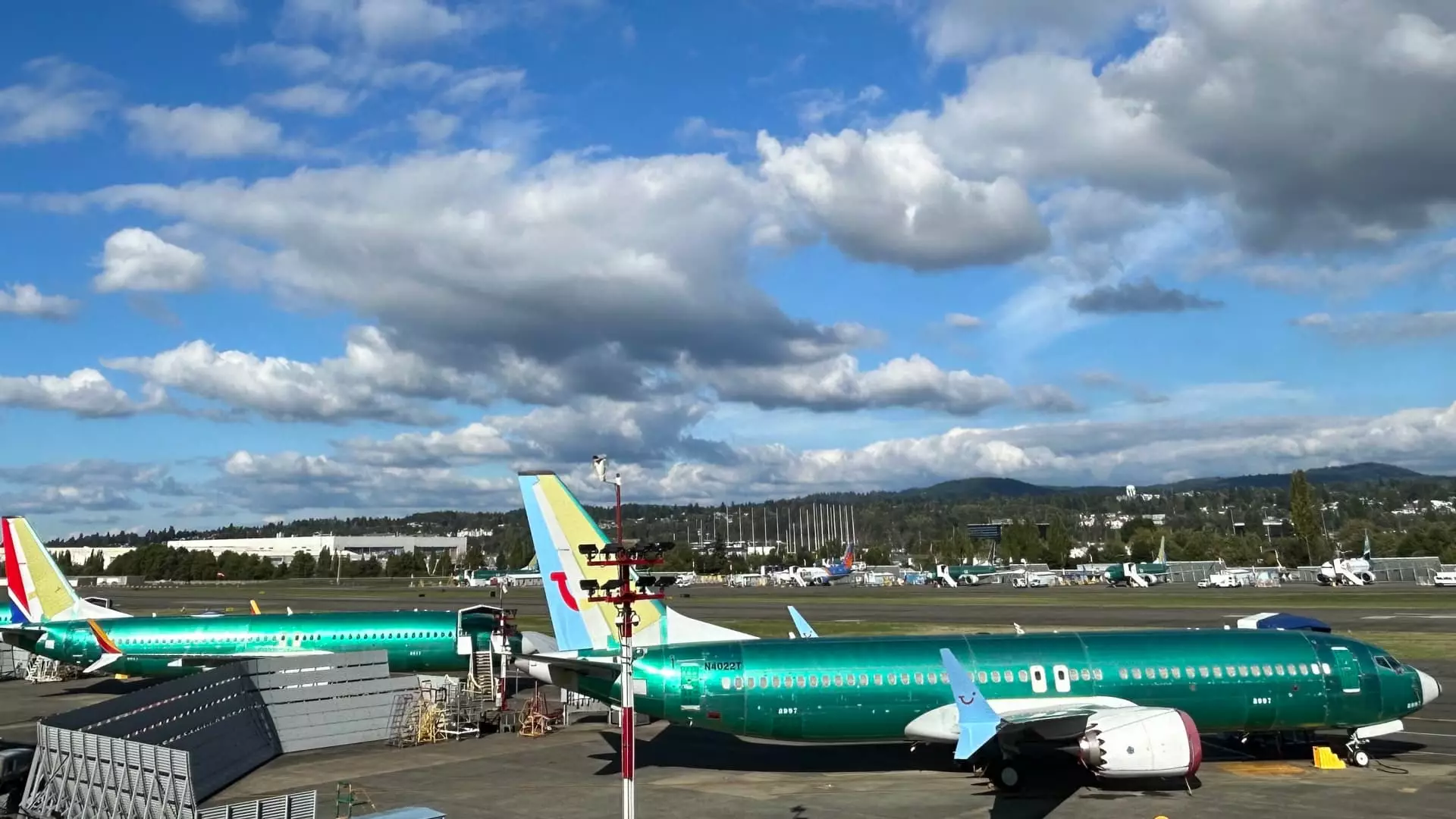The ambitious project of modernizing Air Force One has stumbled into a significant quagmire under President Donald Trump’s administration. This iconic aircraft, which symbolizes American might and prestige, is currently entangled in a web of delays and cost overruns, raising concerns about whether the newly contracted Boeing 747s will ever meet their intended operational timeline. With the project hovering approximately two years behind schedule and sustaining cost overruns of over $2 billion, the situation calls for a critical evaluation of Boeing’s operational dynamics and the implications for American military aviation.
The Cost of Innovation
The staggering budget of $4 billion for the new Air Force One jets highlights not just the financial commitment from taxpayers but also the complexities associated with aerospace manufacturing. During Trump’s initial term, he negotiated this contract, believing it would usher in a new era of modern presidential air travel. However, the reality of production inefficiencies has marred what ought to be a straightforward acquisition process. Boeing, a giant in the aviation industry with a long history of aircraft excellence, is now grappling with severe reputational damage due to these delays, which extend beyond presidential transport.
Elon Musk’s Unexpected Role
Intriguingly, Elon Musk, the CEO of SpaceX and a figure often characterized by his audacious ventures, has taken on an unexpected role in the effort to expedite the delivery of these aircraft. His involvement raises questions about cross-industry collaboration and the peculiarities of high-profile intervention in traditionally bureaucratic processes. While Musk has accolades for tackling challenges in aerospace innovation, the utilization of his approach in resolving Boeing’s bottlenecks could be seen as an admittance of failure on Boeing’s part to manage its timelines independently.
Boeing’s CEO Kelly Ortberg has publicly recognized Musk as a “brilliant guy,” attributing to him the ability to sift through technical requirements and eliminate “non-value-added constraints.” Herein lies a critical juncture; this acknowledgement could imply that Boeing’s structure and workflow have become bogged down in excessive red tape, potentially stymying innovation and responsiveness that are essential in the fast-paced world of defense contracting.
Frustrated by the stagnation surrounding Air Force One, Trump is openly contemplating alternative solutions, which underscores a challenging dynamic between military expectations and commercial realities. The suggestion of procuring a different aircraft is more than a mere backtrack; it reflects a potential shift in strategic planning that could unsettle longstanding contractor relationships. The implications of such a decision could ripple through multiple layers of the aerospace industry, inciting a reevaluation of priorities among stakeholders reliant on Boeing’s interdependability.
Boeing’s tribulations are not confined to the Air Force One project; they reflect broader tumult within the commercial aviation sector. As the airline industry jostles to recover from post-pandemic travel surges, delays in aircraft deliveries weigh heavily on operational capacities for many airlines. Yet, amidst these struggles, there appears to be a glimmer of hope as recent remarks from industry executives like those from United Airlines and Southwest Airlines indicate a recovering sentiment toward Boeing’s reliability.
Might this indicate a turning point for Boeing? As Ortberg suggests that supply chain issues are likely manageable, optimism swells. It is crucial to monitor whether this resurgence in confidence translates into sustained production efficiency and meets the increasing demands of commercial airlines and military contracts alike.
The saga of Air Force One encapsulates a myriad of challenges faced by Boeing, illustrating the broader tensions in the aviation industry. The intersection of governmental expectations, financial commitments, and corporate dynamics paints a complex picture of modern aerospace production. While the involvement of figures like Elon Musk may hint at innovative prospects, the overarching need for accountability within Boeing cannot be overstated. The pressure is mounting not only to deliver a new fleet of presidential aircraft but to restore confidence in a brand once synonymous with fly excellence, efficiency, and pride in American aviation. As the stakes rise, stakeholders on all sides will be watching closely: the future of Air Force One and its implications for American military and civil aviation rests precariously in the balance.


Leave a Reply